Idea by
Gianluca Croce, Mariacristina D'Oria, Valentina Rodani
Archrypt
https://www.instagram.com/archrypt___
Call for ideas 2021
Archrypt
Archrypt

- Site-specific cases
The increase of catastrophic factors has produced the feeling that today the most probable end of the world can be attributed to human activities. While on the one hand, we are wondering what strategies could avert total catastrophe; on the other hand, there emerges the need to preserve the traces of our civilization that could disappear and transmit to posterity the products of our existence as tools of knowledge for the archaeologists of tomorrow. Starting from Jacobs’ time capsule, intended as a deposit of the knowledge of humanity, our hypothesis translates this device in architectural terms.
The container design is a ready-made that combines archetypal and symbolic forms, while the content proposes a selection of theories, projects, and tools organized according to a horizontal scan by scale and vertical by catastrophic themes, defining a potential operational kit for the survivors of an uncertain future.
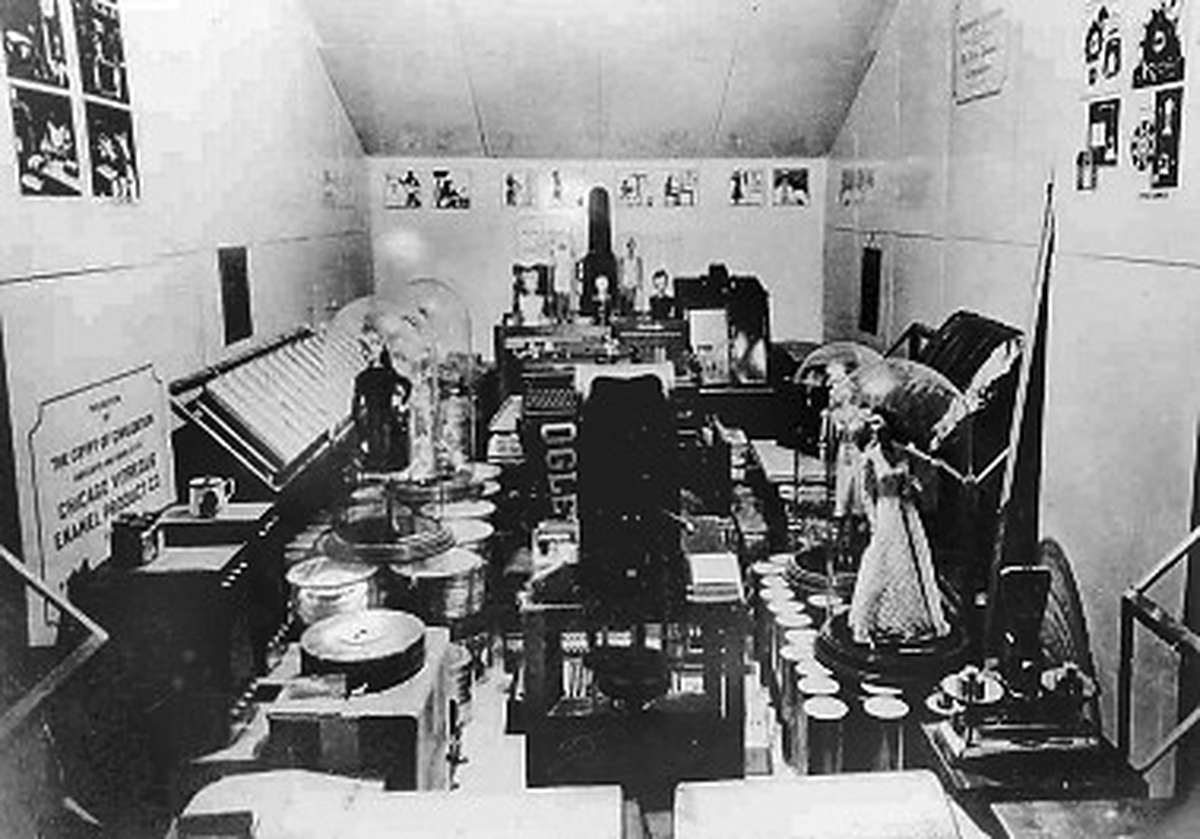
Thornwell Jacobs, The Crypt of Civilization, 1937-1940, Georgia, USA.
“We know now that the idea of the future as a ‘better world’ was a fallacy of the doctrine of progress. The hopes we center on you, citizens of the future, are in no way exaggerated. […] Brothers of the future, united with us in the spirit and in this endeavor, we send our greetings.”
Message to posterity by Thomas Mann, Crypt of Civilization, 1938.
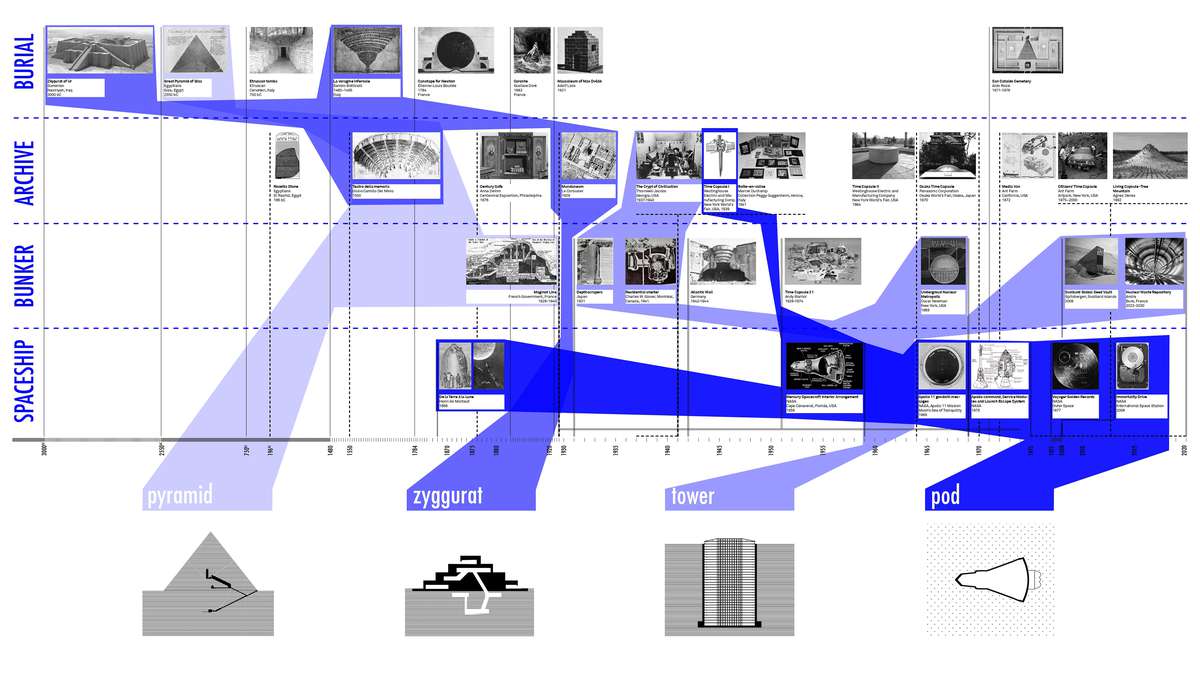
Time capsules’ genealogy.
The idea of transporting the traces of one's existence to the future is structured with modernity and the elaboration of the concept of history. However, the need to transfer elements of one's existence into another dimension, not only temporal, is a cultural character that has much more ancestral origins. Are not the Egyptian pyramids or the Etruscan tombs primitive time capsules?
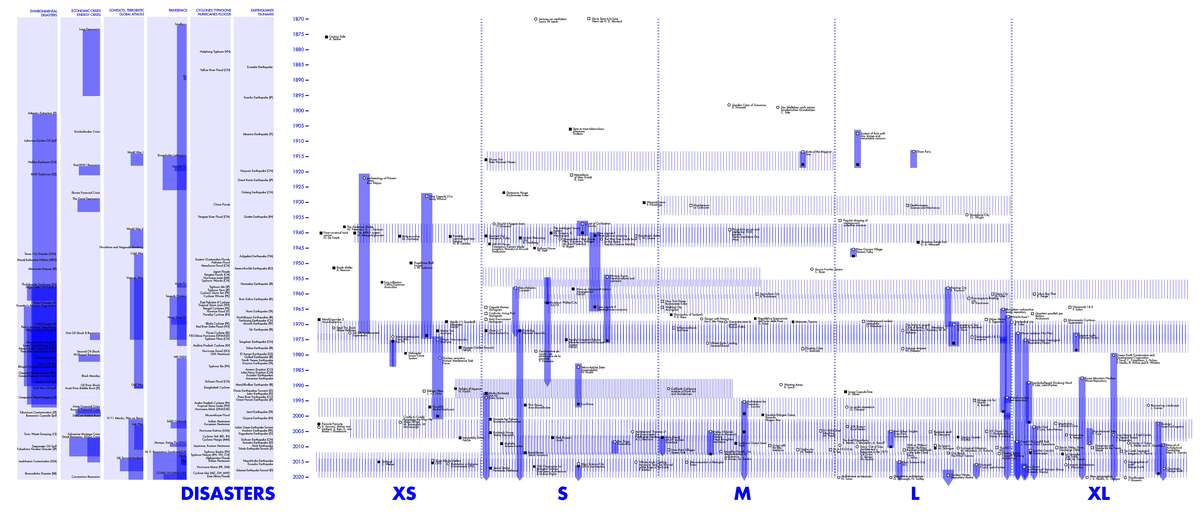
Archive genealogy.
Our selection of theories and projects fall within a possible categorization of architecture of the end of time. This concerns various contemporary catastrophes: from traumatized landscapes to contaminated sites, to paradoxical and conflictual urban contexts, to cross the extreme settlement scenarios of desert, water, hypothetical glaciation or even beyond the limits of planet earth.
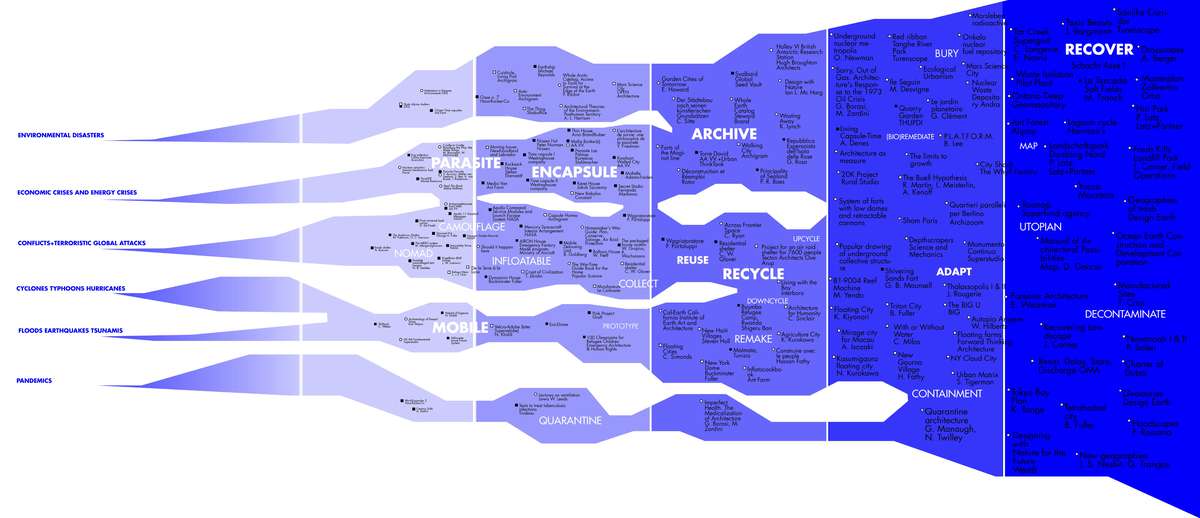
Archive organization.
The organization follows a vertical scan from the larger, to descend gradually into the dimension of the individual and the object. The spatial sequentiality instead follows a thematic principle: each disastrous category defines ad hoc paths that can be followed through vertical connections. Drawings, diagrams, models, visions, texts, samples of anthropic and natural materials alternate, composing a potential ready-made for the hypothetical discoverers of the future.
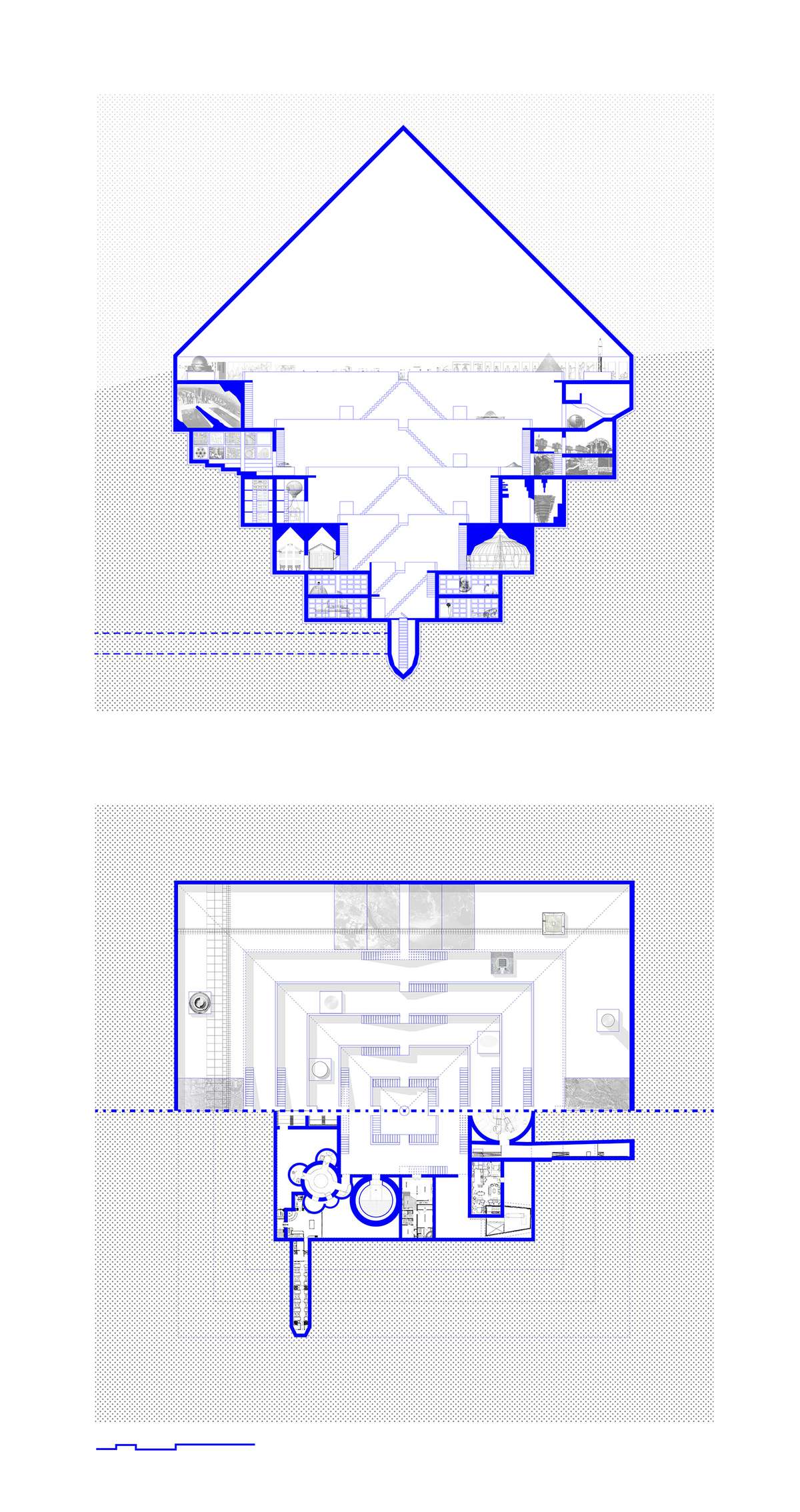
Archrypt plan and section.
Archrypt aims to be a critical-operational work on the need to transmit the memory of architecture through an architecture of memory.
Archrypt refers to the ancestral dimension of architecture connected to its function of time capsule ante litteram
Archrypt
Archrypt

- Site-specific cases
The increase of catastrophic factors has produced the feeling that today the most probable end of the world can be attributed to human activities. While on the one hand, we are wondering what strategies could avert total catastrophe; on the other hand, there emerges the need to preserve the traces of our civilization that could disappear and transmit to posterity the products of our existence as tools of knowledge for the archaeologists of tomorrow. Starting from Jacobs’ time capsule, intended as a deposit of the knowledge of humanity, our hypothesis translates this device in architectural terms.
The container design is a ready-made that combines archetypal and symbolic forms, while the content proposes a selection of theories, projects, and tools organized according to a horizontal scan by scale and vertical by catastrophic themes, defining a potential operational kit for the survivors of an uncertain future.
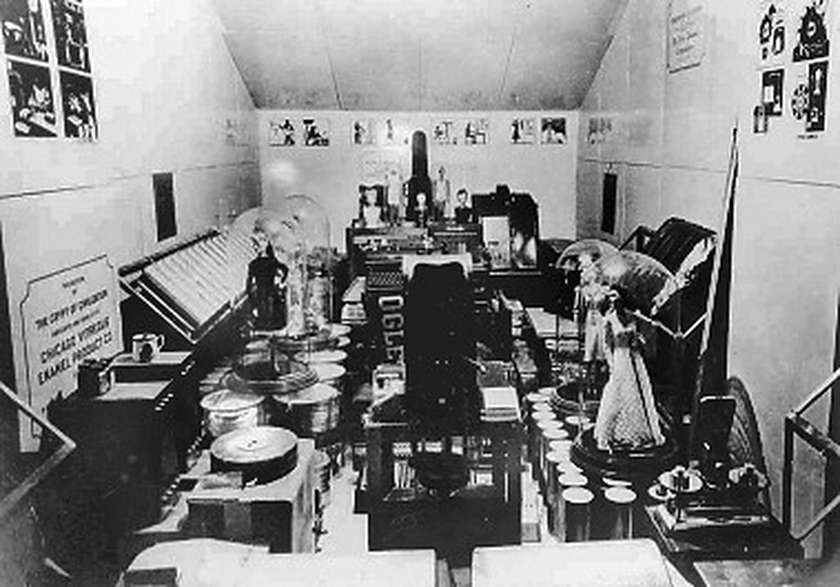
Thornwell Jacobs, The Crypt of Civilization, 1937-1940, Georgia, USA.
“We know now that the idea of the future as a ‘better world’ was a fallacy of the doctrine of progress. The hopes we center on you, citizens of the future, are in no way exaggerated. […] Brothers of the future, united with us in the spirit and in this endeavor, we send our greetings.”
Message to posterity by Thomas Mann, Crypt of Civilization, 1938.
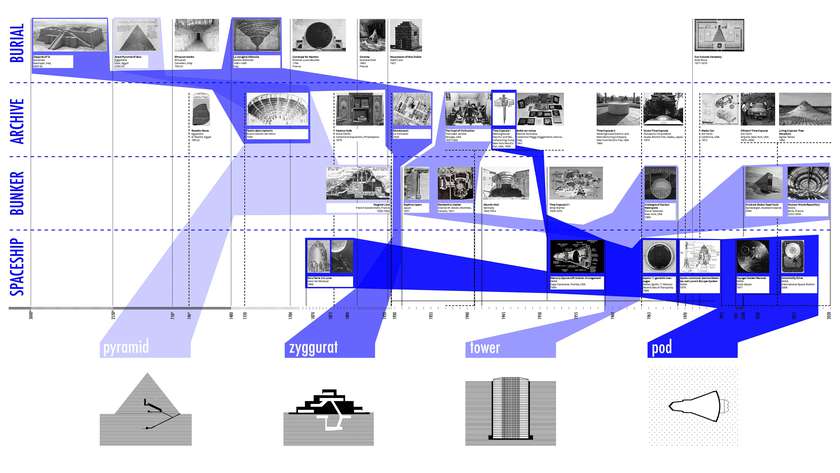
Time capsules’ genealogy.
The idea of transporting the traces of one's existence to the future is structured with modernity and the elaboration of the concept of history. However, the need to transfer elements of one's existence into another dimension, not only temporal, is a cultural character that has much more ancestral origins. Are not the Egyptian pyramids or the Etruscan tombs primitive time capsules?
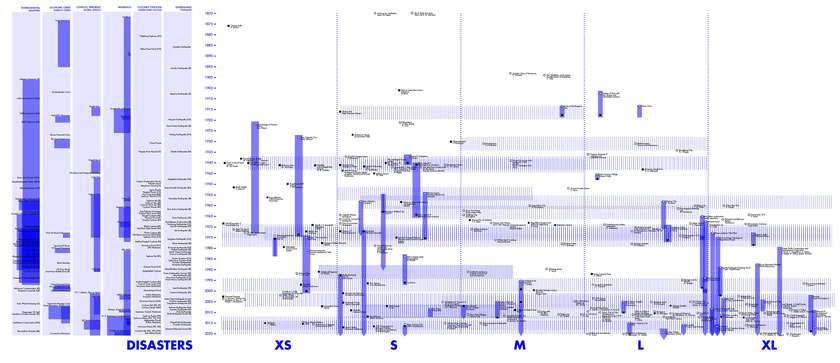
Archive genealogy.
Our selection of theories and projects fall within a possible categorization of architecture of the end of time. This concerns various contemporary catastrophes: from traumatized landscapes to contaminated sites, to paradoxical and conflictual urban contexts, to cross the extreme settlement scenarios of desert, water, hypothetical glaciation or even beyond the limits of planet earth.

Archive organization.
The organization follows a vertical scan from the larger, to descend gradually into the dimension of the individual and the object. The spatial sequentiality instead follows a thematic principle: each disastrous category defines ad hoc paths that can be followed through vertical connections. Drawings, diagrams, models, visions, texts, samples of anthropic and natural materials alternate, composing a potential ready-made for the hypothetical discoverers of the future.
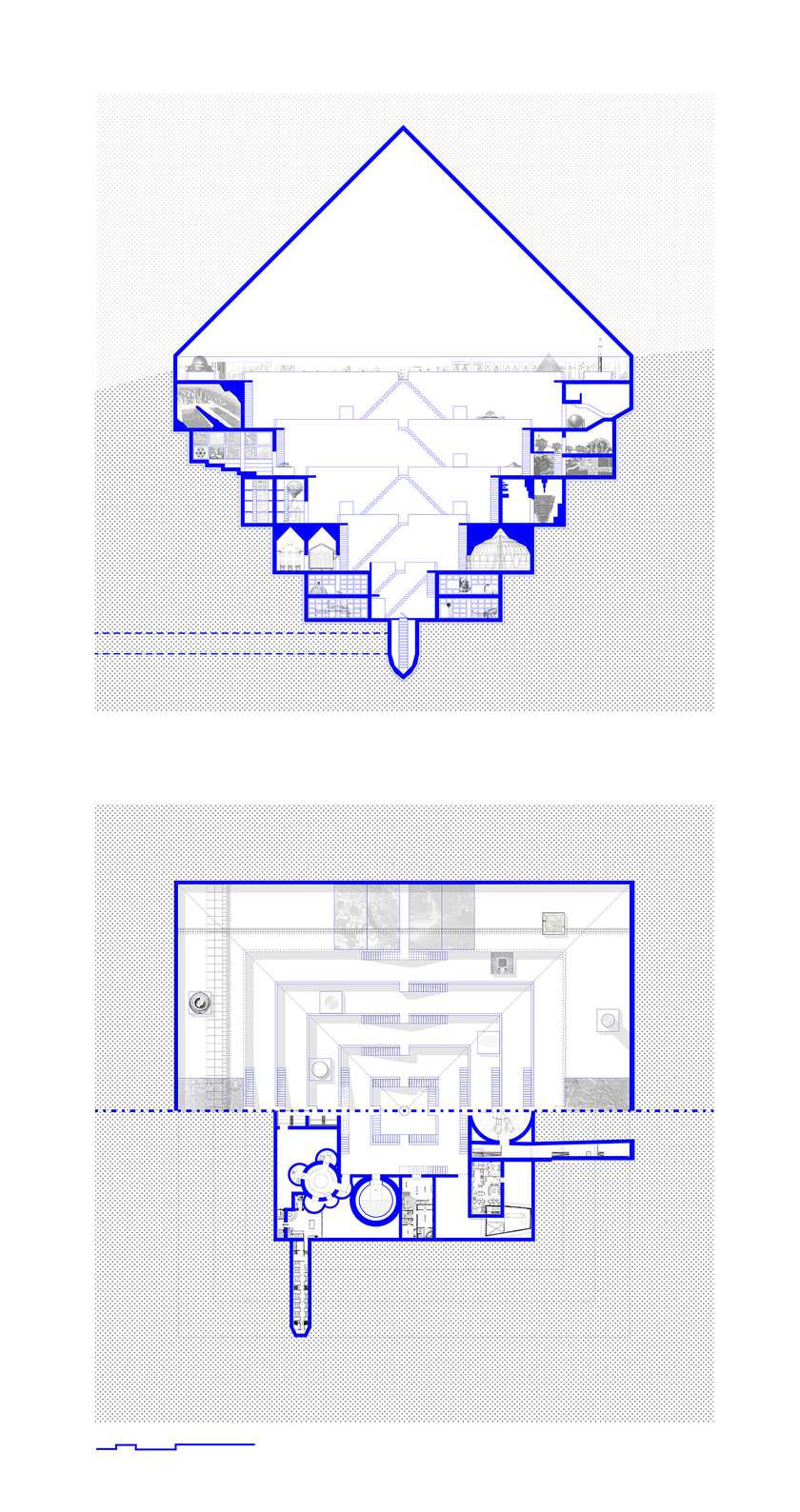
Archrypt plan and section.
Archrypt aims to be a critical-operational work on the need to transmit the memory of architecture through an architecture of memory.
Archrypt refers to the ancestral dimension of architecture connected to its function of time capsule ante litteram